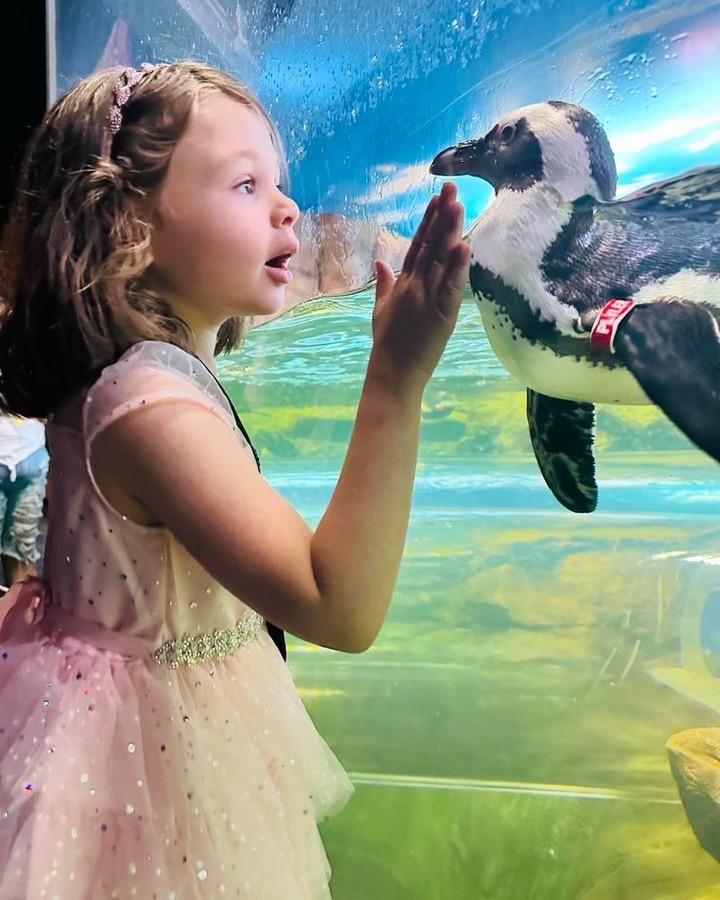- The Importance of Penguins in Ecosystems and Biodiversity
- Overview of Penguin Species and Habitats
- Role of Zoos in Penguin Conservation and Education
- Opportunities for Public Engagement with Penguins
- Contributions of Photography and Social Media to Wildlife Awareness
The Importance of Penguins in Ecosystems and Biodiversity
Penguins play a crucial role in marine ecosystems. As both predators and prey, they maintain a balance critical for marine biodiversity. They primarily feed on fish, krill, and squid, which helps regulate these populations and ensure healthy fish stocks. Penguins are also prey for larger marine animals, including seals and orcas, creating a dynamic food web that supports ocean health.
Seabirds like penguins serve as bioindicators. This means their presence and health can reflect the overall condition of the marine environment. Penguin population decline can signal ecosystem imbalances, pollution, or climate changes. Therefore, studying and conserving penguins helps scientists monitor ocean health and predict broader environmental shifts.
Overview of Penguin Species and Habitats
Penguins are native to the Southern Hemisphere and found in Antarctica, sub-Antarctic islands, South America, Africa, and Oceania. There are 18 recognized species, each adapted to its unique environment. For example, the Emperor Penguin (Aptenodytes forsteri) thrives in the frigid Antarctic, while the African Penguin (Spheniscus demersus) dwells along the warmer coasts of South Africa and Namibia.
Each species boasts unique adaptations. The Galápagos Penguin (Spheniscus mendiculus) is the only penguin species found north of the equator. It has adapted to warmer climates by developing behavioral traits like panting and seeking shade to regulate its body temperature. On the other hand, Emperor Penguins are built to endure Antarctic winters, with thick blubber and tightly packed feathers for insulation.
Role of Zoos in Penguin Conservation and Education
Zoos play an essential role in conserving penguin species, many of which face threats from climate change, overfishing, and habitat destruction. Modern zoos focus on creating naturalistic habitats that mimic the penguins’ wild environments. These enclosures provide enrichment to stimulate natural behaviors, contributing to the overall well-being of the animals.
Conservation breeding programs in zoos are vital for endangered penguin species. For example, the Association of Zoos and Aquariums (AZA) coordinates Species Survival Plans (SSPs) to breed penguins in captivity, aiming to maintain genetic diversity and boost population numbers. These programs have succeeded with species like the Humboldt Penguin (Spheniscus humboldti), which faces declining numbers in the wild.
Zoos also serve as educational hubs, offering visitors insights into penguin biology, behavior, and conservation status. Interactive exhibits and daily feeding sessions engage the public and foster appreciation for these charismatic birds. Educational programs, including school visits and workshops, help raise awareness about environmental issues affecting penguins and how human actions can make a difference.
Opportunities for Public Engagement with Penguins
Public engagement is pivotal for wildlife conservation, and zoos provide numerous opportunities for people to connect with penguins. Programs like behind-the-scenes tours and penguin encounters allow visitors to observe these birds up close, fostering a deeper emotional connection and a commitment to conservation efforts.
Interactive experiences are becoming increasingly popular. Touch tanks and feeding interactions enable visitors to participate in the care and enrichment of the penguins. These activities not only educate but also inspire advocacy for wildlife protection and habitat conservation.
Zoos also host special events and themed days to celebrate and raise awareness for penguins. Events like World Penguin Day and Penguin Awareness Day attract visitors with educational activities, marine biologists’ presentations, and conservation projects’ fundraising efforts. By providing enjoyable learning experiences, zoos enhance public understanding and support for penguin conservation.
Contributions of Photography and Social Media to Wildlife Awareness
Photography and social media have revolutionized wildlife conservation by bringing the beauty and plight of animals to a global audience. Platforms like Instagram and Facebook are teeming with wildlife photographers who share striking images of penguins, drawing attention to their charm and their challenges.
Michelle V., a noted wildlife photographer, emphasizes the importance of capturing moments that highlight both the uniqueness and the universality of penguins. Her images, tagged under phrases like “Any day we can come face-to-beak with a penguin is a peng-WIN in our book!”, resonate widely, illustrating the simple joys and profound wonders of encountering these birds.
Public facilities like zoos encourage visitors to share their experiences through “SHELL-fies,” photos taken with penguins that are then tagged for a chance to be featured on the zoo’s social media channels. This user-generated content not only boosts visitor engagement but also spreads conservation messages organically across diverse audiences.
Social media campaigns provide unprecedented reach. Participants globally can contribute to citizen science projects, recording observations and contributing data that aid in penguin research. Furthermore, these platforms facilitate fundraising campaigns, drawing financial support that fuels conservation initiatives.
Zoos and conservationists can amplify their message by leveraging the power of visual storytelling and social networking. Engaging images and compelling narratives about penguins encourage a broad audience to care about these remarkable birds and the ecosystems they inhabit.
Incorporating science, education, and public involvement into wildlife conservation ensures a multifaceted approach to saving penguins. Every aspect plays a critical role, from balanced ecosystems to community engagement and global awareness. By fostering connections between people and nature, we can make strides in preserving the future for penguins and the planet.
*****
Source Description
Any day we can come face-to-beak with a penguin is a peng-WIN in our book!
Tag us in all your Penguin Playhouse SHELL-fies for a change to be featured!
📸: Michelle V.
•
•
•

